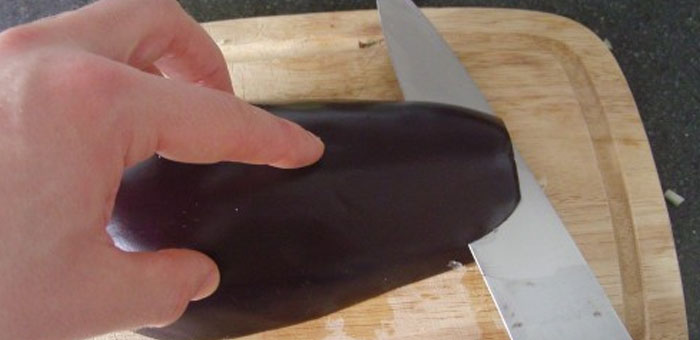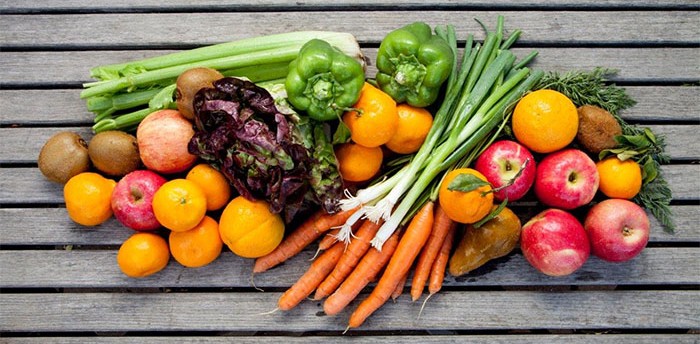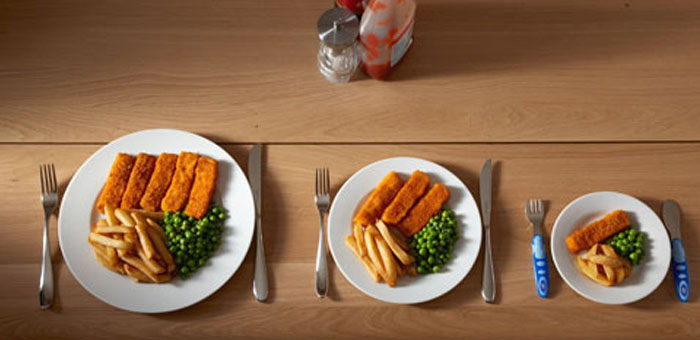Last year nearly 13,600 food industry workers lost at least a day of work because of a work-related laceration. The number represents 15.5 percent of all injuries to restaurant and food truck workers, making it the second leading cause of injury behind slips, trips and falls.
The Federal Occupational Safety and Health Administration estimates these hand injuries cost the foodservice industry about $300 million a year in medical costs, lost time from work and workers’ compensation insurance payouts. By following these simple steps you and your employees can protect yourselves from food truck lacerations.
How To Avoid Food Truck Lacerations
Separate Sharps
The most dangerous knife is the knife you cannot see. For that reason it is important to keep knives out of dish tubs or sinks. Create a designated tub for dirty knives or have employees who are using the knives personally clean them after use.
Proper Techniques
Before you give knives to your staff ensure they are trained on proper knife usage.
- Cutting away from the body and not toward,
- When walking through a busy truck with a knife in your hand, always keep the blade pointed down and carry it close to your body
- Always hand a knife by holding the non-sharpened side of the knife and extending the handle to a person
- Never attempt to catch a falling knife. Just let it fall to the floor.
Cutting Gloves
Made from stainless steel, Kevlar or other materials resistant to sharp objects, cutting gloves are a great addition to any kitchen. While these gloves are extremely effective in preventing cuts it is important to remember they are cut resistant, not cut proof- injuries can still occur. When purchasing these gloves make sure you order multiple sizes to ensure each member of your kitchen staff has a properly fitting glove.
Cutting Boards
The utilization of cutting boards prevents objects from slipping while they are being cut. For this reason it is important to make sure all your employees are using cutting boards and that the boards you have are in good working condition.
Maintenance
Perhaps the most common cause of foodservice lacerations is dull and improperly maintained knives. Dull blades not only slip but decrease accuracy and performance. You should have blades sharped at least once to twice a week depending upon usage. When sharpening knives also inspect the handles and if loose tighten. If the handle cannot be tightened the blade should be properly disposed.
Focus
The operation of a knife is a dangerous job requiring complete concentration. It is important to have a policy in place that instructs employees not to communicate with one another when one is using a knife. While it may sound a bit impractical it will increase efficiency and reduce food truck lacerations.
Use Correct Knife
You wouldn’t hammer a nail with a screw driver, so don’t cut bread with a non-serrated blade. Ensure your employees have proper training on what knife to use for what job to avoid food truck lacerations.
- Chef’s Knife: Great for chopping large or very firm vegetables. Best for: Onions, carrots, potatoes, peppers, celery, meat.
- Serrated Knife: A serrated knife is the most efficient (and safest) way to slice. Best for: Tomatoes, bread, citrus fruits, pies, quiches, pizza.
- Paring Knife: The fine, small blade paring knife is for delicate precision work on all kinds of small food items. Best for: Apricots, plums, berries, apples, shallots, garlic, fresh herbs.
Do you have additional tips to avoid food truck lacerations? We’d love to hear your thoughts. You can share them below or on social media. Facebook | Twitter




